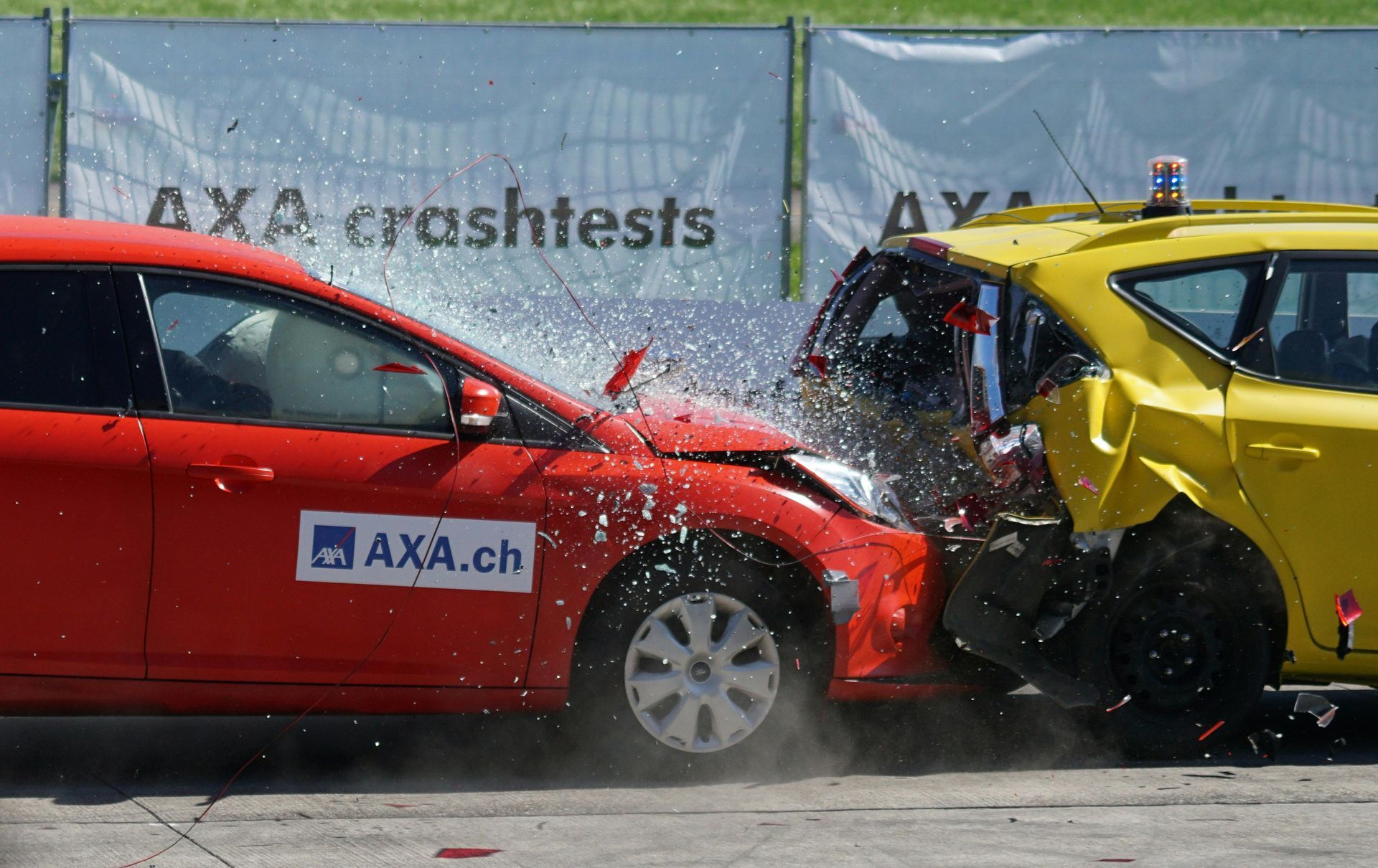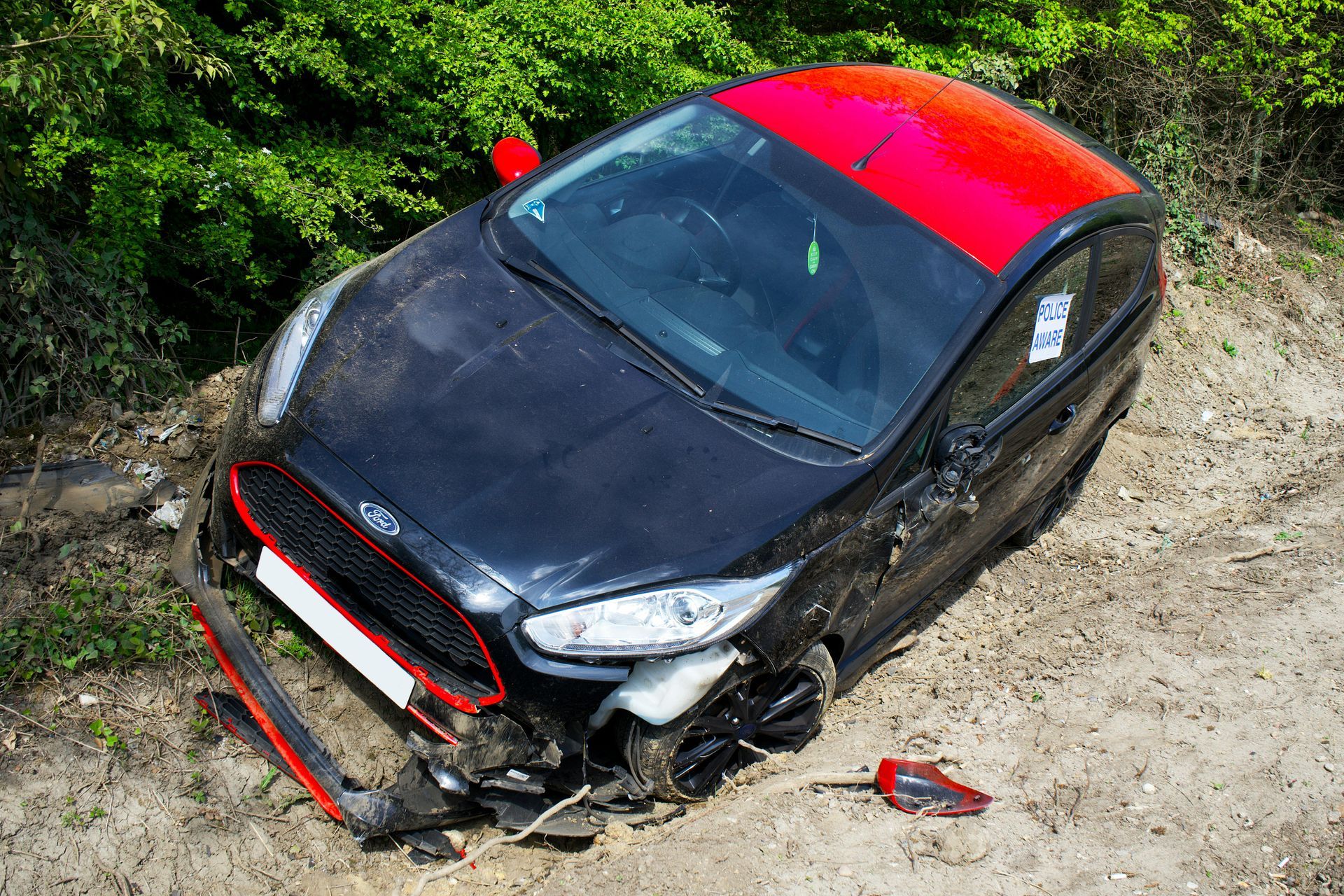How seriously can a car crash burn you?
Now that Old Man Winter has hit Missouri with a vengeance, car accidents are up and power lines are down. This makes for a deadly combination that can result in your suffering catastrophic burns should you become involved in a fiery crash.
Unfortunately, the relatively small interior of your vehicle, whether you drive a compact or an SUV, added to the many surfaces and fluids in and around it that can become hot enough to severely burn you, provide a perfect storm for your receiving severe burns in a winter car crash.
Types of burns
Per the American Burn Association, you run the risk of receiving the following four kinds of burns if you wind up in a fiery crash:
- Thermal burns if your body contacts the flames themselves or one of your car’s exceptionally hot surfaces
- Scald burns if your body contacts one of your car’s hot liquids, such as gasoline, or even your spilled cup of coffee
- Electrical burns if your body contacts one of your car’s electrical wires or, worse yet, a downed power line
- Chemical burns if your body contacts one of your car’s caustic fluids such as antifreeze, steering fluid, transmission fluid, etc.
Degrees of burns
Medical professionals break down the severity of burns into four categories. First- and second-degree burns represent the least serious and generally occur as the result of too much sun exposure rather than a fiery car crash. Instead, such a crash will much more likely result in your receiving third- or fourth-degree burns, both of which can be life-threatening.
If you receive a third-degree burn, not only will it burn away your skin, it will also burn your underneath tissues, such as your muscles, tendons, nerves, etc. In fact, many third-degree burn victims fail to recognize how badly they are injured because their damaged nerves fail to let them feel pain.
If you receive a fourth-degree burn, this is the deepest and most catastrophic burn of all. Now your bones, too, get burned and you face imminent death without immediate emergency medical intervention.
This is general educational information and not intended to provide legal advice.







How to Protect Your Finances During Divorce: Prenuptial Agreements, Asset Division and Hidden Assets



